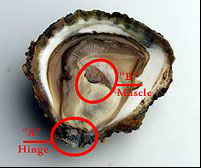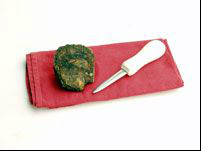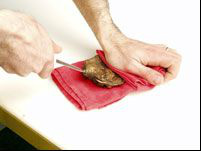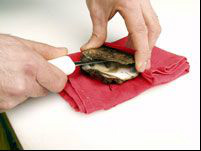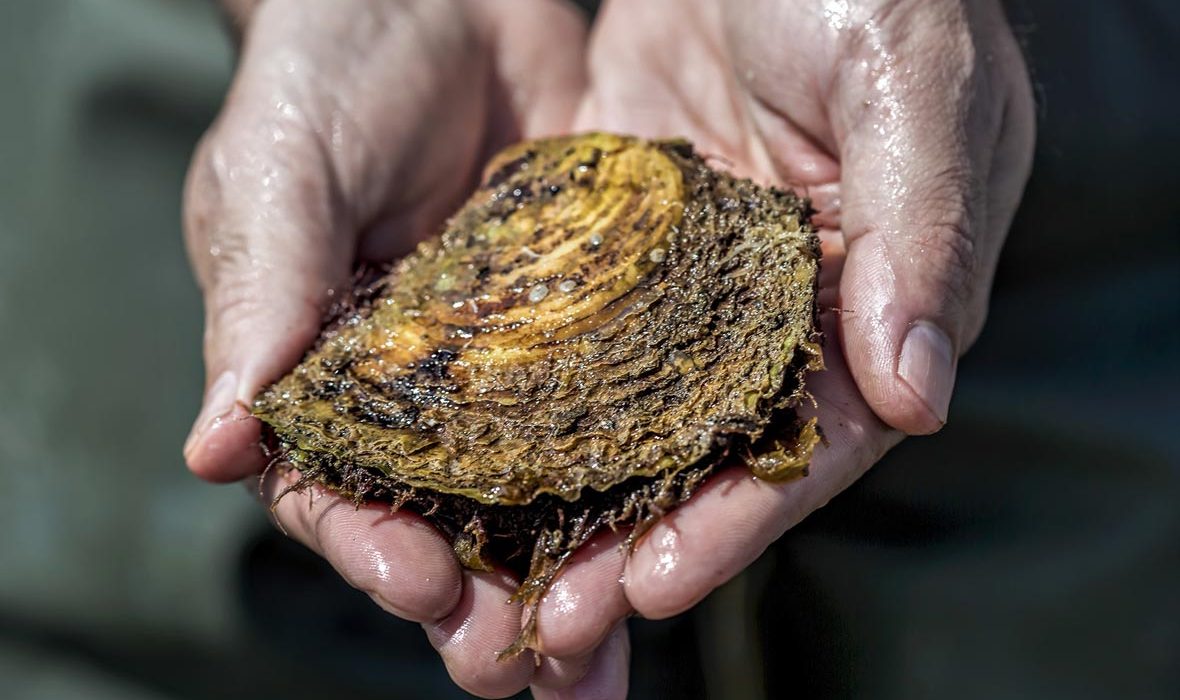

FAQ's
This advice has been around a long time and appears to have its origin here in Europe when the only oyster available was the European Flat Oyster (Ostrea edulis). During the summer months (without the ‘r’ and when the water gets warmer) these oysters ripen and reproduce and are not as good to eat. They are not available for consumption during this time as they are out of season.
However, the Gigas Oyster (Crassostrea gigas) is not affected as the waters here in Ireland do not get warm enough for them to reproduce – making them edible all year round.
Oysters have always been linked with love. When Aphrodite, the Greek goddess of love, sprang forth from the sea on an oyster shell and promptly gave birth to Eros, the word ‘aphrodisiac’ was born. The dashing lover Casanova also used to begin every meal by eating 12 dozen oysters. The association has grown from there.
Oysters are considered ‘food for love’, and the Americans say “Eat oysters, love longer”. Deserved of this title or not, the oyster has maintained a timeless mystique when it comes to passion. In fact the oyster’s own love life is an interesting one – reproducing during the summer months and changing sex every time they do so. A single oyster can incubate up to one million larvae and may do so more than once a year.
Romance aside, oysters are a pretty healthy option for everyone – they’re a valuable source of minerals, such as Zinc, Calcium and Copper, and are also rich in Iodine and low in Cholesterol. So no better way to love longer, live longer and look younger!
Kelly Oysters are the freshest and finest that money can buy. All oysters should be handled and stored properly and we recommend that they be eaten as soon as possible for the best possible flavour.
DO…
When the oysters arrive they can be stored in the original basket in which they have been hand-packed – deep-shell down and covered with fresh seaweed.
The oysters are best eaten within two to three days of arrival but if stored at a temperature of between 4 and 8°c and packed in the original basket they should remain fresh for one week after delivery. If any shells are open slightly, tap sharply. Any that do not close immediately should be discarded.
DO NOT…
- Store oysters in a sealed plastic bag or other airtight container.
- Store oysters where they could freeze, where temperatures will fluctuate widely, or in a warm place.
- Store oysters submerged in melted-ice water or other standing water.
To offer you the best oysters available anywhere, we have harvested and collected Kelly Oysters in cold, clean, pristine water and have taken great care in our harvesting and handling. The firm meat texture and extraordinary flavour are due to a melange of factors specific to our region. Enjoy our oysters as they were intended, fresh from Galway Bay.
The oyster shells are held together at the hinge (a) and are kept closed by the adductor muscle (b), so to successfully open an oyster you must first break the hinge and then sever the muscle.
Follow this simple technique for success, every time:
1. You will need an oyster knife, a cloth and of course some Kelly Galway Oysters.
2. On a solid worktop, place the oyster on the cloth, deep- shell down and hinge towards you. Cover your hand with the folded cloth and hold the oyster firmly. Put the tip of the knife into the crevice at the hinge, and push it in firmly. When you feel the knife has penetrated the hinge, give the knife a twist to separate the shells.
3. Now change the position of the hand holding the oyster: keeping the blade close to the top flat shell, slide it in along to cut the muscle holding the two shells together.
4. Run the knife underneath the oyster to sever the muscle from the deep shell. Then flip the oyster over in the shell – being careful not to spill any of the delicious juices.
Enjoy!
